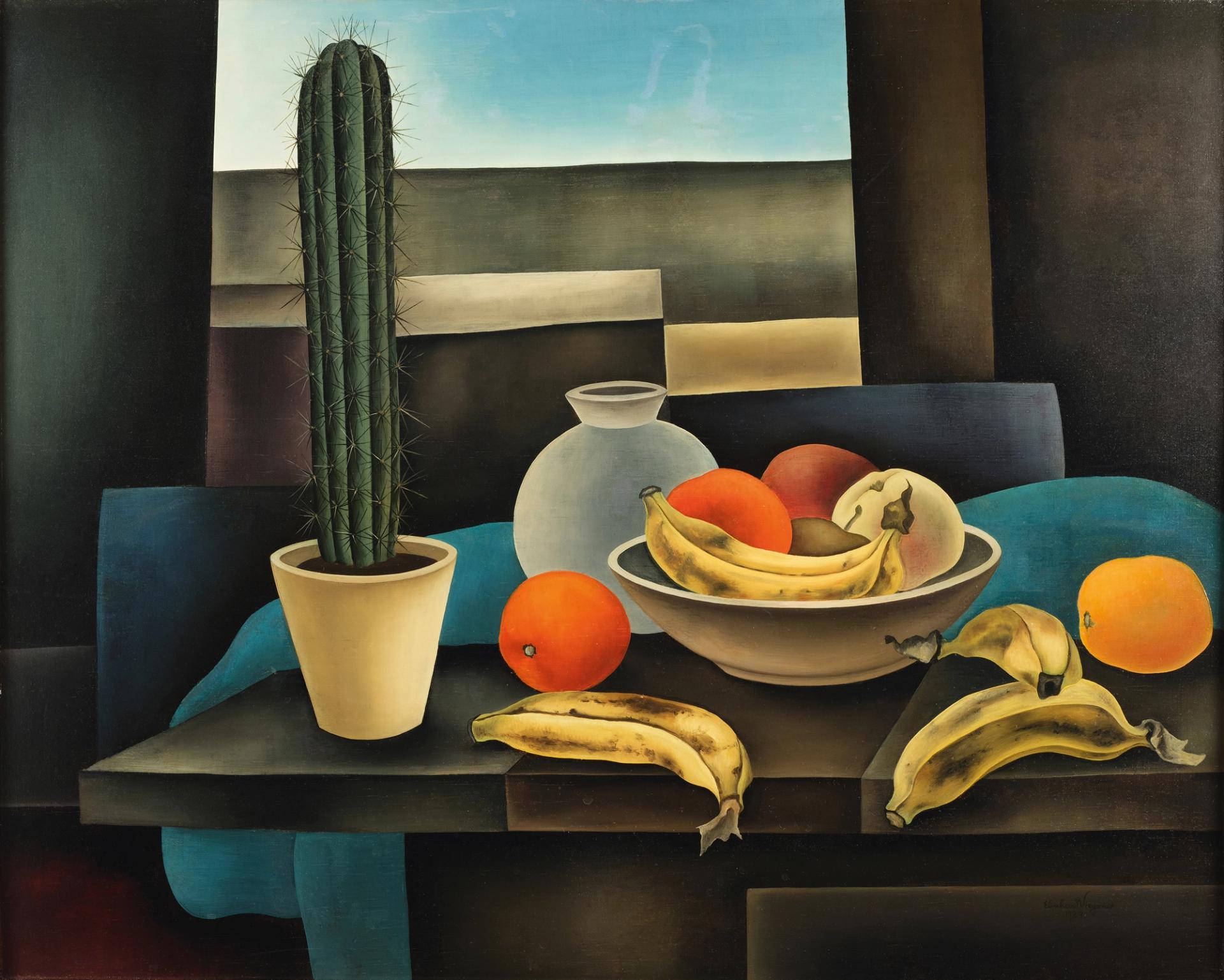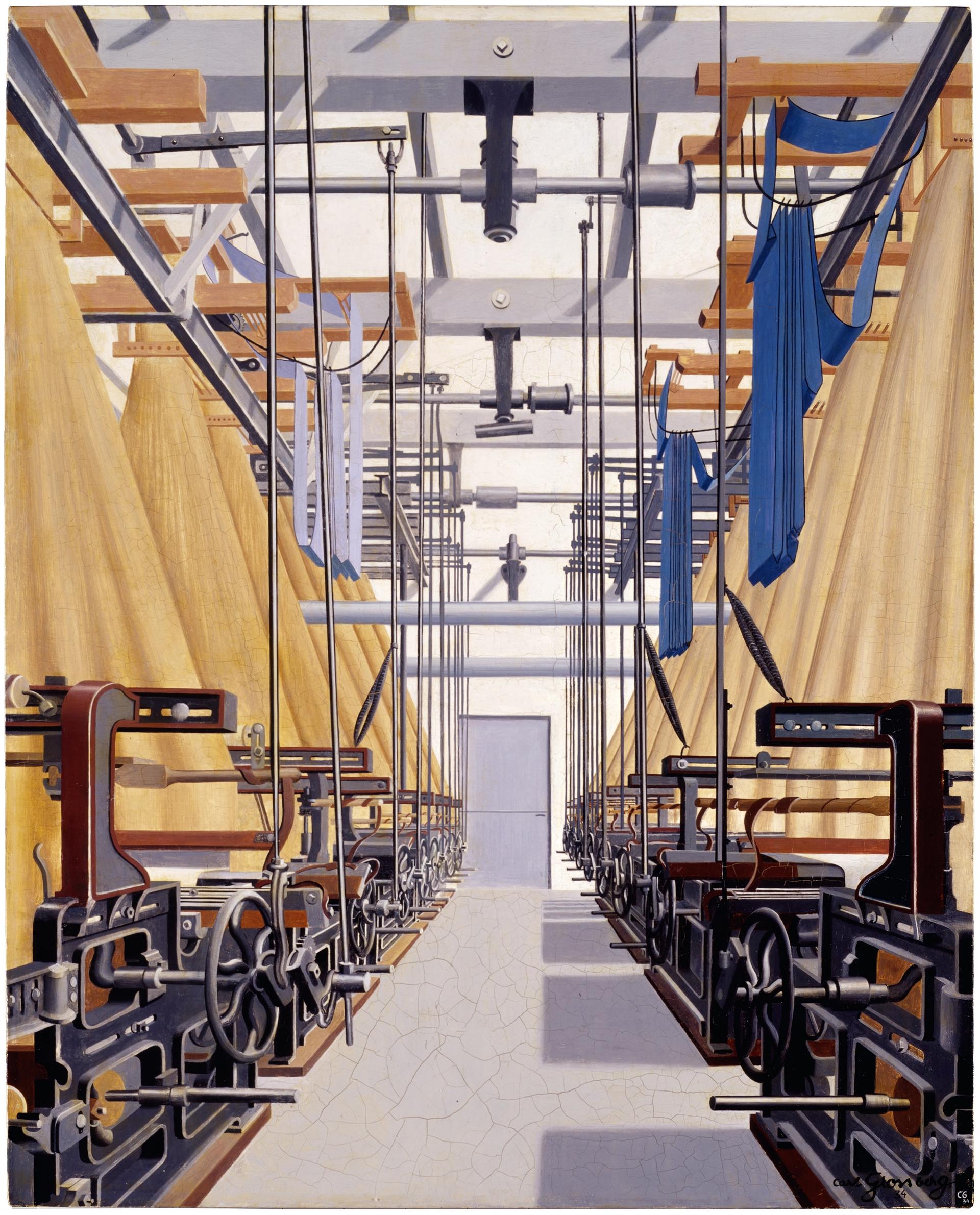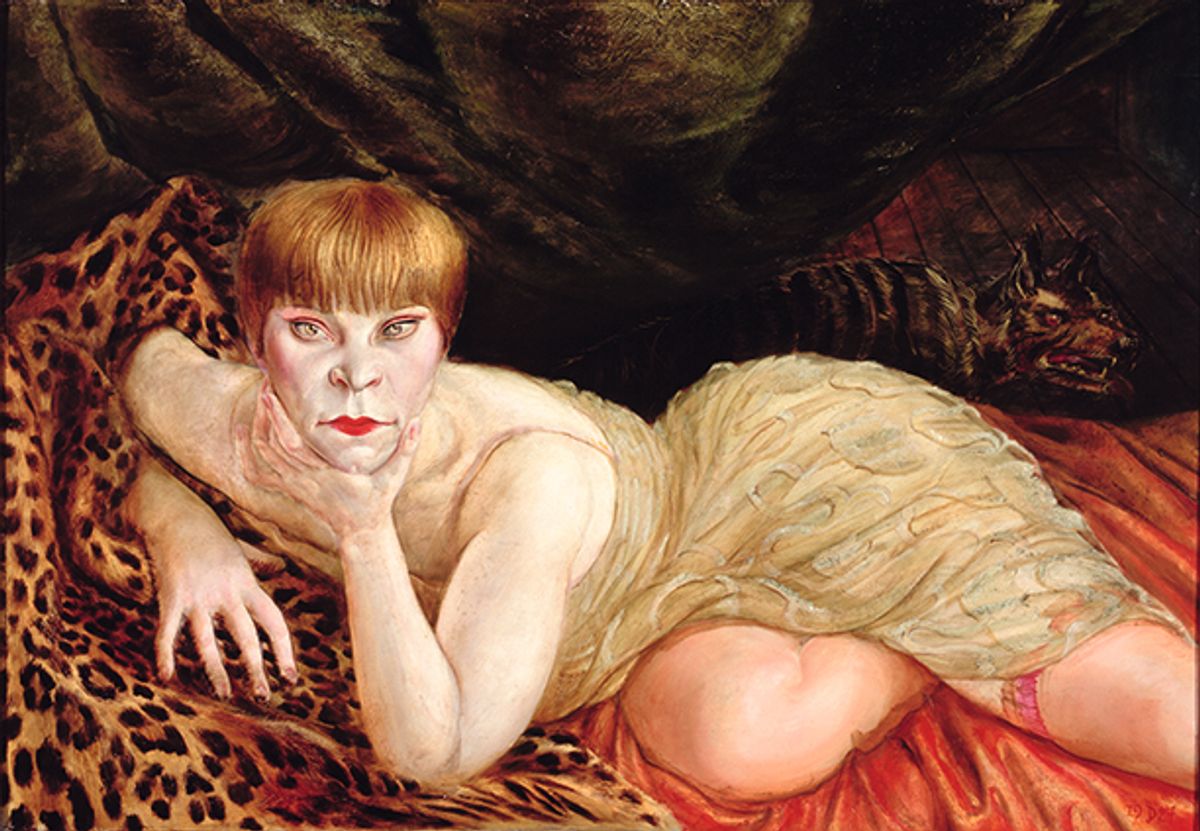For a handful of years, starting in the mid 1920s, Germany’s doomed Weimar Republic had a period of stability. And that stability is associated with a loose, broad and various movement in the visual and applied arts that quickly became known as the Neue Sachlichkeit (New Objectivity).
The movement had a launching pad in 1925, in the city of Mannheim, when the curator Gustav Friedrich Hartlaub invoked the term in an exhibition of contemporary German art, featuring figures as diverse as Max Beckmann, George Grosz, Otto Dix and Alexander Kanoldt. This month, the Neue Galerie New York is commemorating the Kunsthalle Mannheim exhibition with Neue Sachlichkeit / New Objectivity, a group show of around 140 works made in the interwar period.
In 1925 Hartlaub distinguished between the hard-edged “Verists,” such as Grosz and Dix, who were concerned with what the curator regarded as “the world of contemporary facts”; and the “Classicists,” whose interest was a “timeless” concern for harmony and beauty. What they had in common, suggests Olaf Peters, the curator of the New York show, was a break with the immediate past—with the Germany of the Kaiser, militarism and Expressionism.

Eberhard Viegener’s Still-Life with Bananas and Cactus (1927) Photo: José Castillo-Pazos
These days, the Verists have come out ahead, with their harsh, often hilarious outrage now conjuring up the art of the era for a wide swath of the museum-going public. Grosz and Dix are included in the Neue Galerie show, with New York’s Museum of Modern Art (MoMA) loaning its 1926 Dix portrait Dr. Mayer-Hermann.
The show will explore the impact of the Bauhaus, formed as an interdisciplinary art school in 1919. By the time of the 1925 Mannheim show, it had become a hothouse of cultural and social experimentation, as seen in Bauhaus Stairway (1932) by Oskar Schlemmer, which depicts students looking like a new species of human being.
The Classicist works may be a big surprise for many. With its clean lines and electric palette, Eberhard Viegener’s Still-Life with Bananas and Cactus (1927) feels a world away from the sardonic and dingy hellscapes of Dix and Grosz, while Jacquard Weaving Mill, a 1934 factory painting by Carl Grossberg, which might seem to combine elements of both Verism and Classicism, looks ahead to the Nazi period’s celebration of German industry.

Carl Grossberg's Jacquard Weaving Mill (1934) Merrill C. Berman Collection
Photography plays a key role in the show, and the Neue Galerie has found a mysterious, transitional image in a 1933 work by Yva (aka the photographer Else Ernestine Neuländer-Simon) showing a woman modelling jewellery from Berlin’s Ethnological Museum. The image itself is a harbinger, Peters says. Yva’s refined costumed figure anticipates the 1930s shift away from the working girls and femme fatales of the 1920s to the less threatening society ladies of the Nazi period.
Figures like Viegener and Grossberg went on working as artists during the Nazi years. Yva, who was Jewish, had to give up photography, finding work as an X-ray technician before being sent to the death camps.
• Neue Sachlichkeit / New Objectivity, Neue Galerie New York, 20 February-26 May


